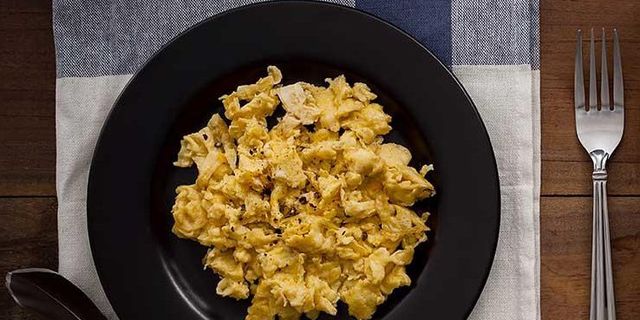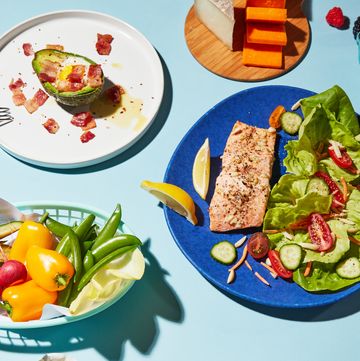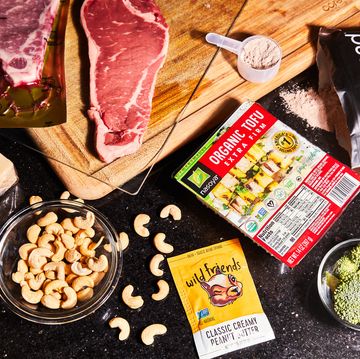Adding extra liquid
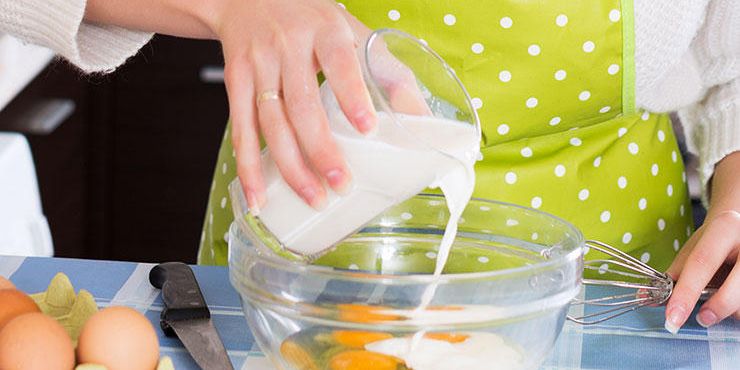 IAKOV FILIMONOV/SHUTTERSTOCK
IAKOV FILIMONOV/SHUTTERSTOCKPouring in a splash of milk, cream, or even water while you beat your eggs helps make them fluffier, right? Sorry, nope. But what it will do is make your eggs tougher. Plus, any liquid you pour in will end up separating from the eggs once the mixture hits the heat, leaving you with a pool of yellowish liquid oozing out from your rubbery curds. Yum. (If scrambled eggs aren’t your forte, try this simple poached egg recipe instead.)
Related: 20 Super-Healthy Smoothie Recipes
Beating the eggs with a fork for a couple seconds
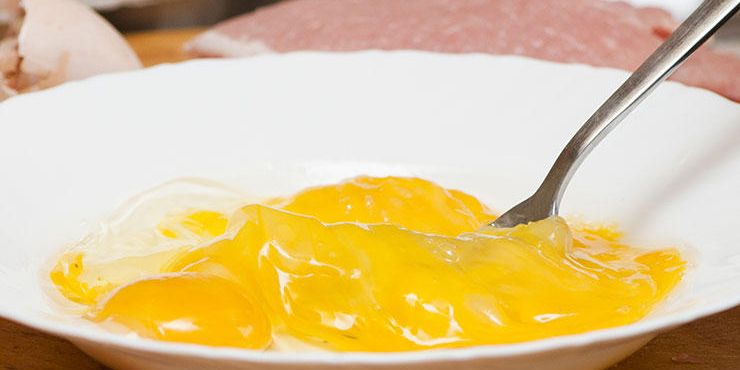 ANTOS777/SHUTTERSTOCK
ANTOS777/SHUTTERSTOCKWhisking is what you
really need to do in order to get fluffy eggs. And not just to mix
the white and the yolk. The longer you whisk eggs, the more air you beat in. And the more air you beat in, the lighter your eggs’ texture will be. So use an actual whisk (like this
stainless steel and copper whisk) and beat vigorously for at least 30 seconds.
Sprinkling on the salt before cooking
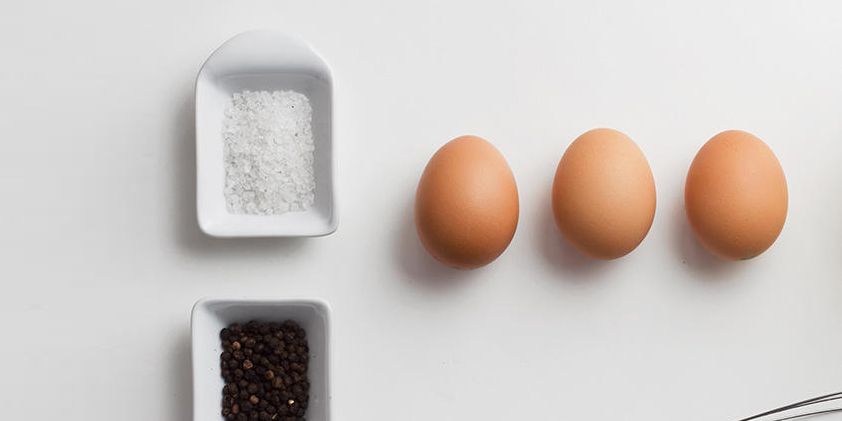 BOGDANDIMAGES/SHUTTERSTOCK
BOGDANDIMAGES/SHUTTERSTOCKThat pinch of salt you’re adding as you beat your eggs? It actually draws out moisture, leaving you in the same waterlogged situation as if you added a splash of milk or other liquid. Skip the seasoning for now, and add the salt when your eggs are almost finished cooking.
Related: 9 Power Foods That Boost Immunity
Advertisement - Continue Reading Below
Tossing in raw veggies
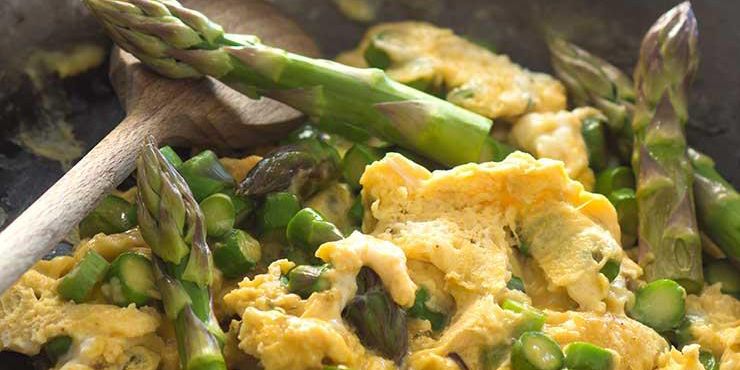 D AND J FOODSTYLING/SHUTTERSTOCK
D AND J FOODSTYLING/SHUTTERSTOCKYes, vegetables infuse your scramble with nutrients, but they’re also loaded with water, which will seep out into your eggs while everything cooks together. A smarter, tastier method? Use cooked vegetables instead. Sauté them directly in the pan and drain the excess water before you add your eggs, or use some leftover steamed or
roasted vegetables from last night’s dinner. (Short on time? Try these
5-minute scramble recipes.)
Using a giant pan
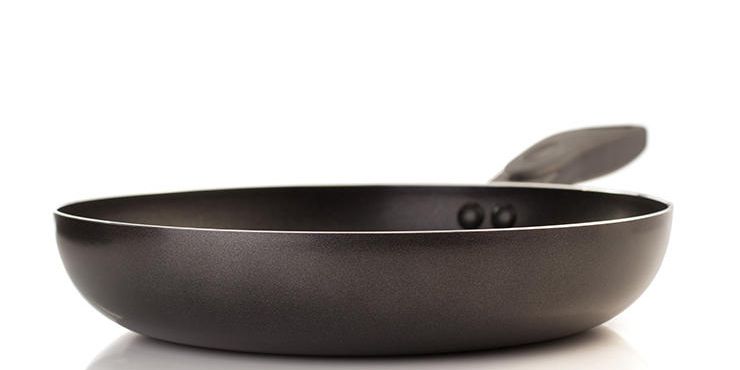 SEREGAM/SHUTTERSTOCK
SEREGAM/SHUTTERSTOCKCooking over high heat
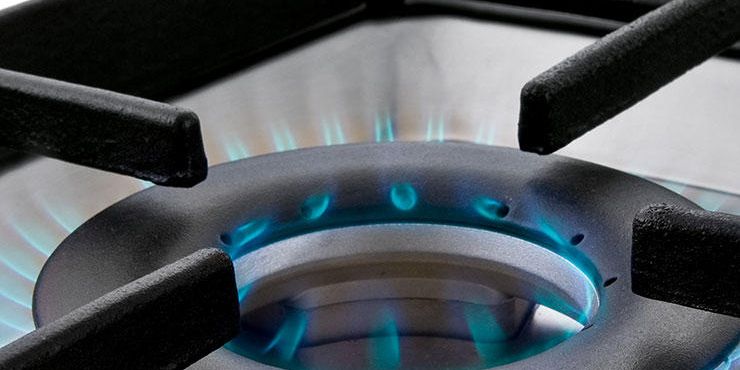 MBOLINA/SHUTTERSTOCK
MBOLINA/SHUTTERSTOCKCranking it up cooks your eggs faster so you can eat them and get out the door. But high heat messes with the protein structure of the eggs, so the curds end up tough and dry. Plus, a super hot temperature ups the odds that your eggs will overcook or even burn in the pan. Instead, try to go low and slow—think 5 to 7 minutes instead of 45 seconds. You’ll be rewarded with a soft, creamy texture that’s worlds away from your usual scramble.
Related: 4 Foods That Burn Belly Fat
Advertisement - Continue Reading Below
Taking them off the heat when they look done
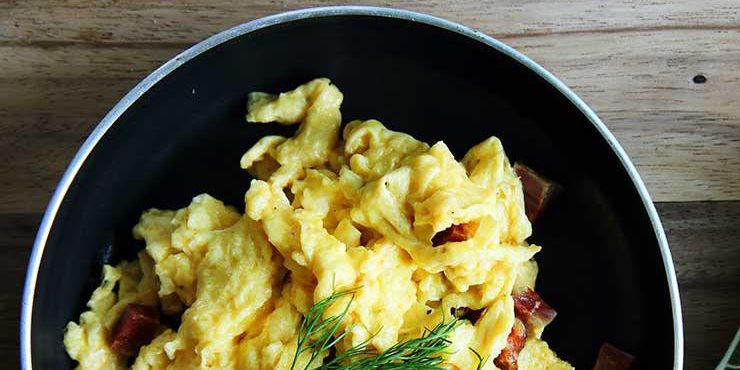 PIYATO/SHUTTERSTOCK
PIYATO/SHUTTERSTOCKJust like a steak or a piece of fish, residual heat will cause your eggs to keep cooking even after you take them off the stove. Which means that if you take them off the heat when they seem finished, they’ll likely be dry and overcooked by the time you sit down to eat. Slide them onto your plate when they look like they could still use another minute, and they’ll be perfectly done once you bring them to the table.
The article 7 Mistakes You’re Making With Your Scrambled Eggs originally appeared on Prevention.

Marygrace Taylor is a health and wellness writer for Prevention, Parade, Women’s Health, Redbook, and others. She’s also the co-author of Prevention’s Eat Clean, Stay Lean: The Diet and Prevention’s Mediterranean Kitchen. Visit her at marygracetaylor.com.
Advertisement - Continue Reading Below
Advertisement - Continue Reading Below
Advertisement - Continue Reading Below






